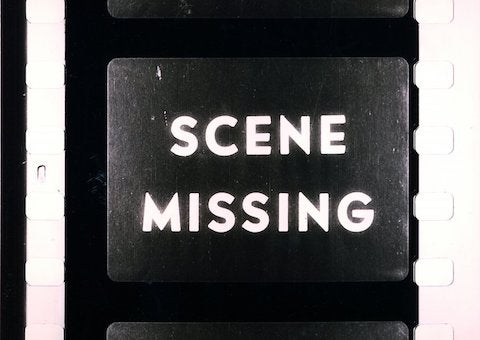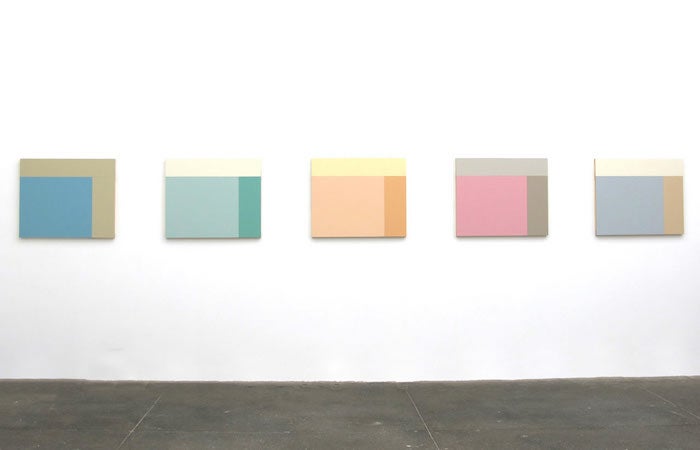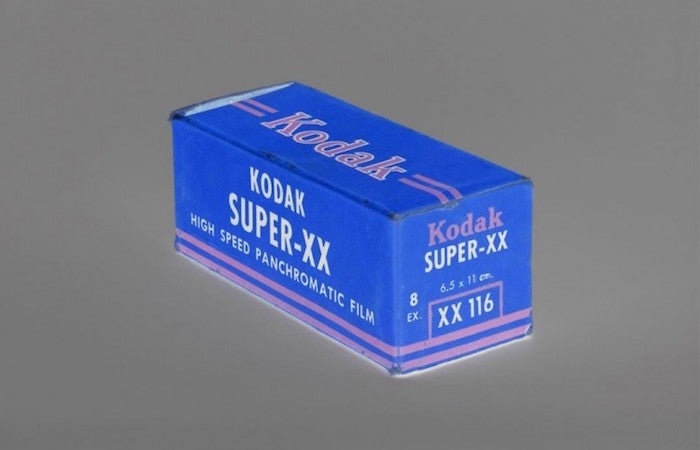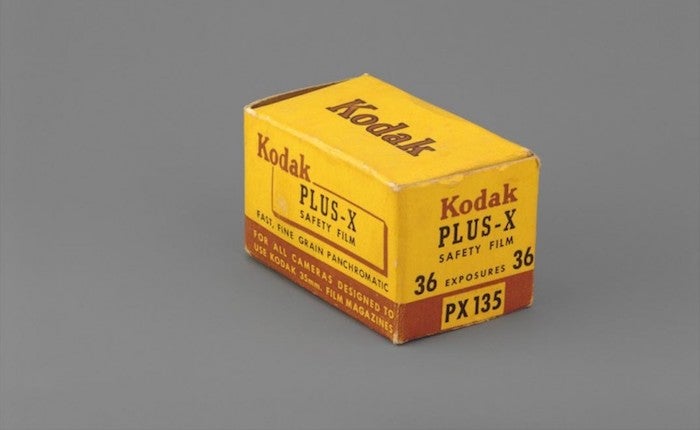
Standard Gauge (1984)
A new exhibition in the REDCAT gallery, Morgan Fisher / Passing Time, opened on October 25 and will be on view until February 16, 2019. Curated by Bruce Hainley and Sohrab Mohebbi, the exhibition aims to “elucidate Fisher’s steadfast pursuit of non-subjective, non-compositional things and methods; nevertheless, it also displays the figure of the artist as a stubborn, although frequently occluded, effect of his pursuit.” Having seen a notice in Fisher’s Facebook feed about the opening, and thinking that it had been several years since I had last seen him, I decided to head down to REDCAT to find out what he was up to. Morgan Fisher is, of course, best known as an experimental filmmaker, but has also had an extensive career in painting, photography and drawing.
After attending Harvard, Fisher began making experimental films in 1968, which from the beginning demonstrated a fascination with the process and technology of filmmaking. I haven’t seen all of these films, but their titles alone reveal his focus: Screening Room (1968), Phi Phenomenon (1968), Documentary Footage (1968), Production Stills (1970), Picture and Sound Rushes (1974), Cue Rolls (1974). These are essentially found footage films, edited together by Fisher, who still considers himself as much an archivist as a filmmaker-artist. Side note: Fisher told me at the show that at Harvard he met a graduate student named David W. Packard, who was completing a concordance of the work of the Roman historian Livy. Packard is now a partner of the Archive and one of our most generous supporters.

Fisher briefly attended USC film school, and also met Thom Andersen who invited him to work on his UCLA thesis film, Eadweard Muybridge, Zoopraxographer (1975), which the Archive restored in 2013. Fisher—like his L.A. colleague Pat O’Neill—also moved freely between his personal films and working in the commercial Hollywood film industry, editing films for Roger Corman and Haskell Wexler. But it was his 1984 film Standard Gauge which catapulted Fisher to the center of the West Coast film avant-garde. Another found footage film, Fisher deconstructs Hollywood’s 35mm narrative cinema by refilming in 16mm the moments of emptiness in feature films, the cutaways, the color bars, the academy countdowns, shots from Corman film he worked on, all the while meditating in voiceover on his love of 35mm. Writer Reyner Banham noted in Los Angeles: The Architecture of Our Ecologies (1971): “The images that coalesce within the borders of this frame are serial chains of fragments caught somewhere between elegant chance and ruthless repetition. Windshields, billboards, movie screens, ocean views, econ-o-box apartment buildings and long expanses of asphalt and concrete form a unique Angeleno vocabulary of monochrome surfaces on which the symbolic configuration called California is played out” (p. 5). Banham connects Fisher to the California aesthetics of Ed Ruscha, John Baldessari, Allen Ruppersberg, Michael Asher and William Leavitt, who are all concerned with the particular landscape of southern California and its ennui. In 2018, Fisher premiered Another Movie (2017) at the Berlin Film Festival, which had its West Coast premiere last Sunday at REDCAT.

Divided into four gallery spaces, Morgan Fisher / Passing Time offers abstract paintings, color photographs, drawings and film projections on a 16mm loop. His paintings are monochromatic and abstract, various rectangles within square frames, held in pastel blues, grays, yellows and greens that function as off-kilter color bars. Other paintings are seemingly white, barely visible against the gallery’s white walls, questioning the objects relation to its environment, while another set are all black, but in odd shapes that interrogate the frame itself as a conventional rectangular container for art. These paintings are in the tradition of American minimalist modernism, as it has developed over the past century.

A set of color photographs depict old boxes of Kodak and other 35mm film manufacturers against a gray, neutral background, as if they were product advertising for no longer available film stocks, but now recontextualized within an art space as reminders of the seeming death of photographic film. These images find an echo in the show in three abstract paintings from 1968 of yellow and gray boxes that are recognizable as Kodak, film boxes, however without an identifying text other than the color, and even that has been desaturized. Here Fisher is playing with differences between the medium of photography and painting, just as his series of three photographic drawings (pencil on velum) visualize the content of photographs. There is also one film projection, an endless loop called Passing Time (1980, remade 2018), which depicts a man in a dark space with a projector. I’m now really looking forward to seeing Another Movie.
< Back to the Archival Spaces blog






 Mobile Navigation
Mobile Navigation


Comments